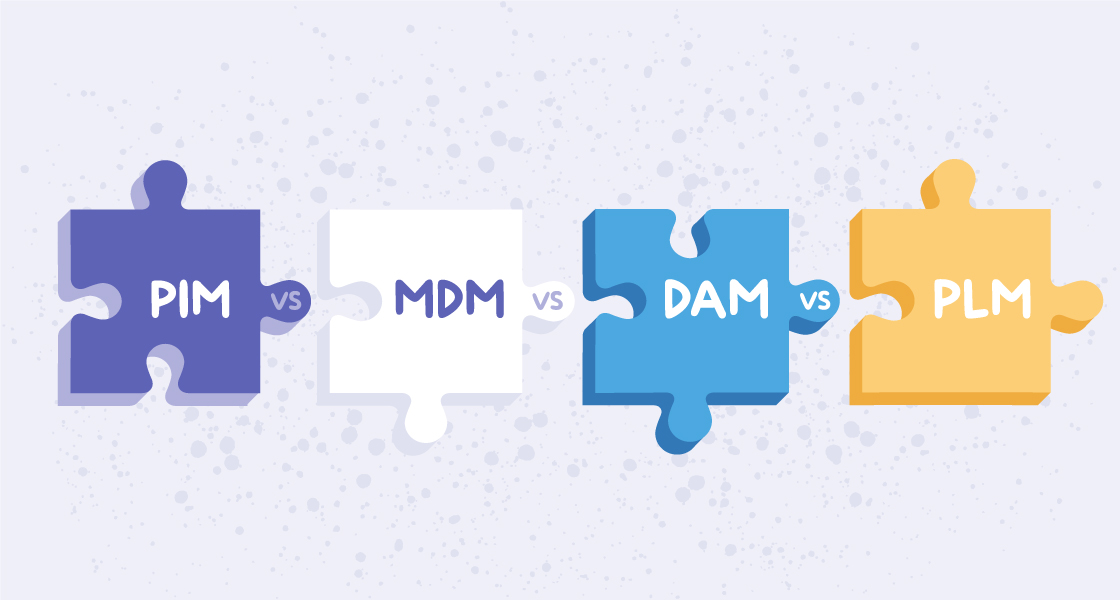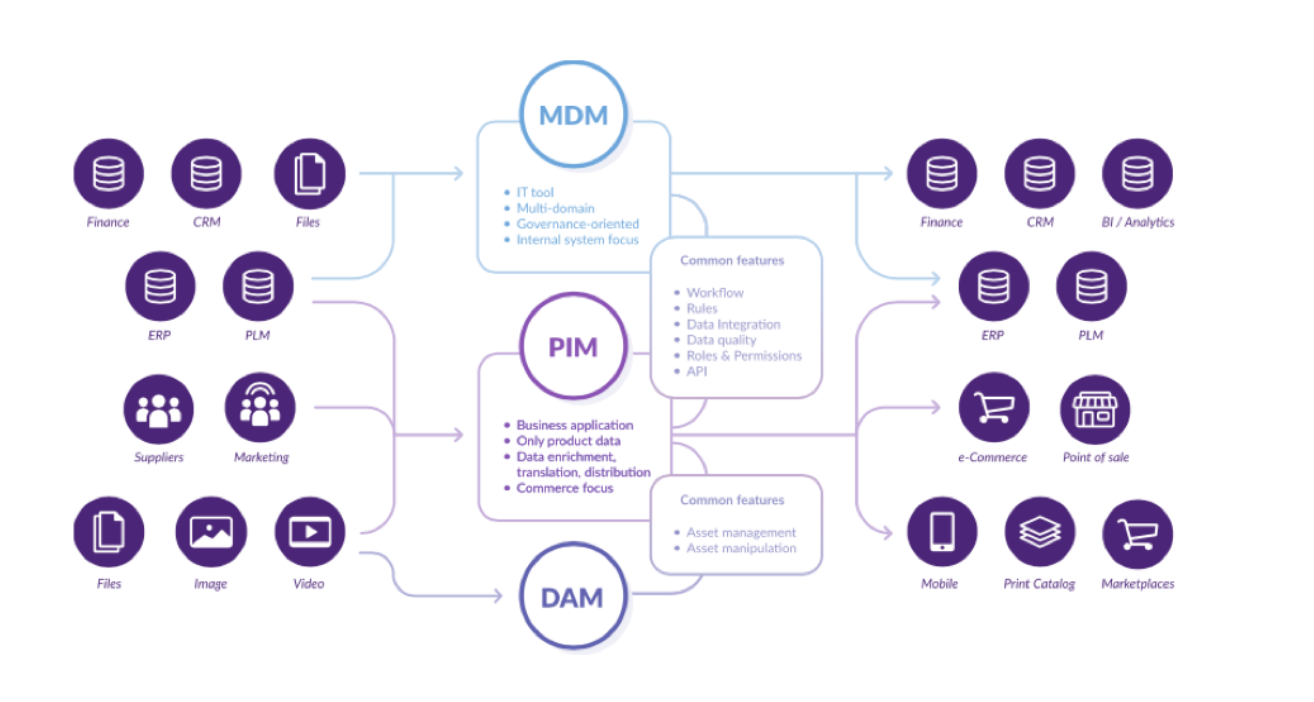We seem to be living through the heyday of data — call it the data days. Increasingly, industry experts and observers are preaching the importa...

Keywords
We seem to be living through the heyday of data — call it the data days.

MDM is a single source for all information, while PIM focuses on product information – ideal for supporting your marketing and sales teams.
PIM handles digital assets associated with product information, while DAM handles digital assets enterprise-wide.
PLM is an internal system that doesn’t hold customer-facing information but can integrate with PIM to provide technical details for merchandising.


Sustainability is transforming how brands and retailers operate. From resale and refurbishment to take-back programs, discover how businesses across...
Read more
Delivering a great customer experience isn’t just about having the right technology, but about having the right data to fuel it. Discover how SAP...
Read more
Sustainable fashion is important for both businesses and the world. Learn how ethical sourcing, circular fashion, and mindful consumerism can reduce...
Read more